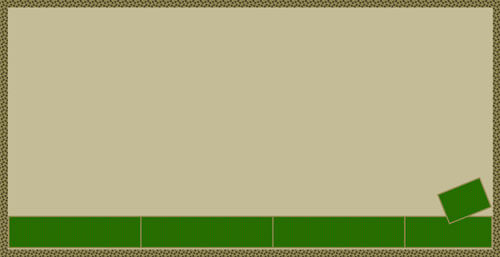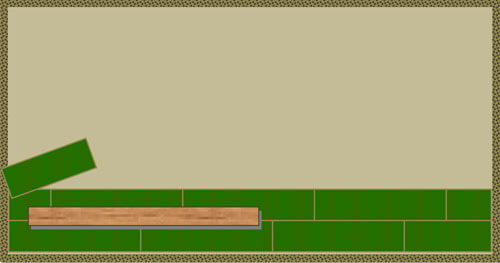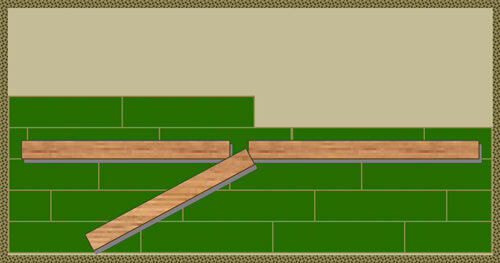
How to Lay Turf
When you are laying turf do it methodically and at the best time of year to ensure success. Start by rolling out and laying the first row of turf grass to form your border.
Sourcing good quality turf is the key to give your lawn the best start. Laying it down properly is just a sensible thing to do with your investment! It is also important to lay it as soon as possible after delivery as it won’t keep forever. Try and have it delivered to a shady area if the weather is warm and be prepared to keep it watered.
Laying Turf
If you haven't already done so get your pre-turfing 'starter' fertiliser in before laying the turf. If not put it on within a few days of laying.
Start by rolling out and laying the first row to form your border. When you get to the end cut off any excess and if possible use it to start the next row. If the border curves or contours try using a sharp knife or garden scissors to cut an initial rough shape. Once the turf has rooted you can put in the final smooth edge with a half moon edging tool.

Once this first row is rolled out put a scaffold board on top to act as a walkway. This has the added benefit of tamping down the turf for good soil contact.

Consecutive rows can now be built up as in the series of diagrams remembering to stagger the turf rolls just like you would bricks in a wall. Butt ends and sides of the turf rolls up to each other making sure the gaps are minimal and there is no overlapping. More boards or planks will also be needed for walkways.

If the laid area is more than 50m2 or has taken more than a few hours it may have started to dry. In this case start watering with the hose and sprinkler whilst continuing to lay the rest of the turf.
Watering
When complete thoroughly water the lawn and keep watered every day for the first two weeks. It needs 5 to10 minutes with the sprinkler in any one spot. Then, depending on the weather watering can be reduced to 2 to 4 times a week for a further three weeks with a duration of about 15 minutes in any one place. Once you get into the sixth week you can water weekly until the end of the third month. However, should the weather become very dry increase the watering again as the turf will not have deep roots until at least month six.
Filling Joins
Where one piece of turf butts up to another there will be a small gap. Sometimes these gaps are big enough to put a finger into and ultimately this will cause drying of the turf edges in the short term and slight bumpiness to the lawn later on. As soon as the turf has settled and started to root use some left over top soil or some freshly purchased sterilised (no weed seeds) loam and fill in the gaps by gently pouring and brushing it in.
Mowing
Mow new turf when it needs it. This may be within 10 to 14 days of laying if the weather is warm. Be careful though as rooting will be light so mow slowly, in dry conditions with freshly sharpened blades. The mowing height should be on the high side for the first half dozen cuts.
Using
A newly turfed lawn can come into use around week four in the growing season. In cool conditions it will take longer so check by seeing if an edge or corner of turf can be lifted by tugging upwards on the grass. If it’s well glued down then start enjoying it. As with seed take it steady to begin with and build up to normal use over the following two months.
Feeding and Lawn Care
Start a normal seasonal feeding regime after about 3 months remembering that the lawn is still young and tender so ensure optimal ground moisture conditions.
You should not use liquid fertiliser or ferrous sulphate until the lawn is 6 months old and you shouldn't be doing any aerating or scarifying in the first year. A full lawn maintenance programme can and should be done in the second year.